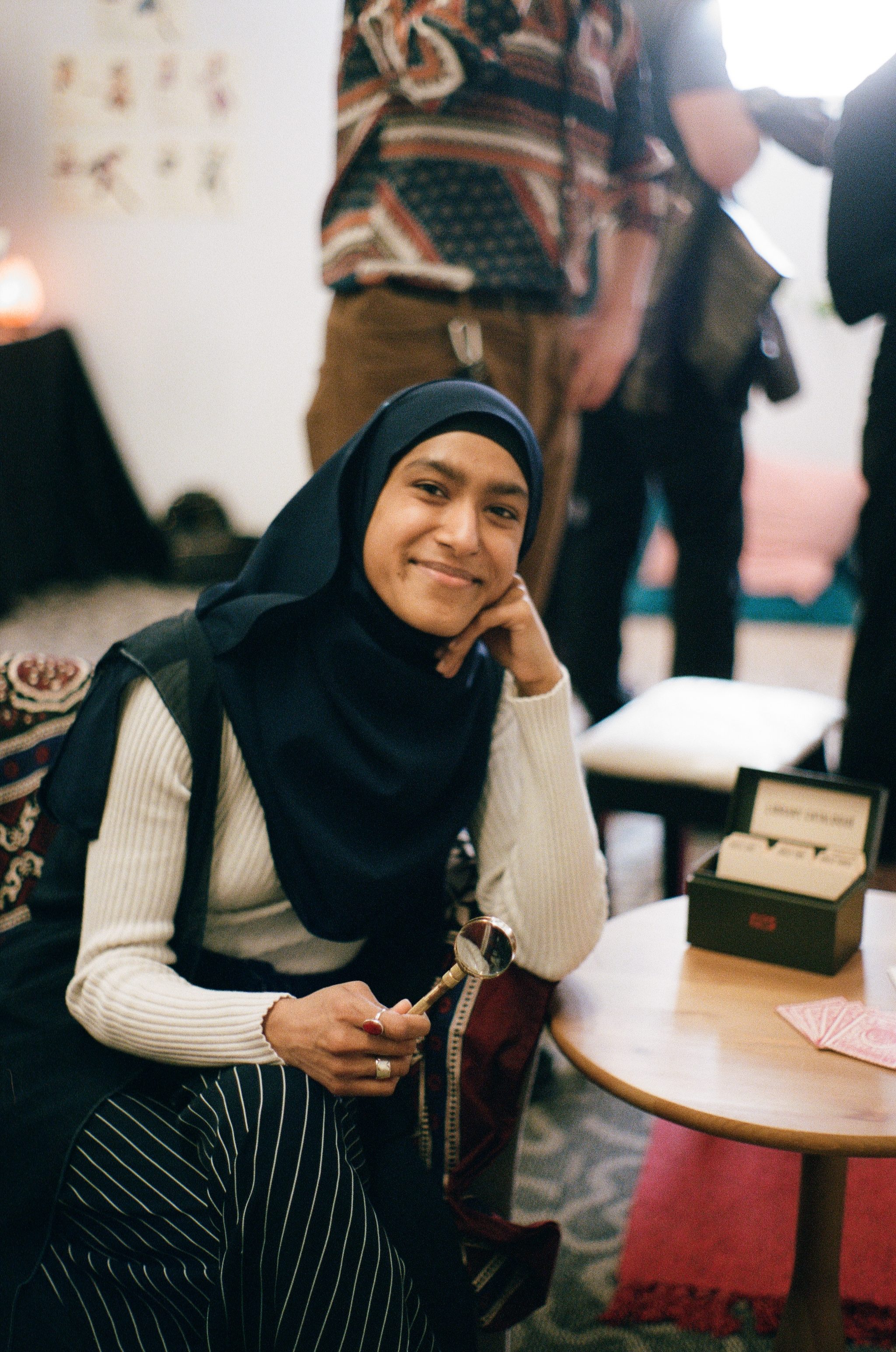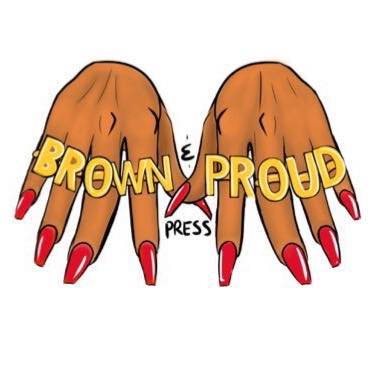Zines are unmatched in their ability to amplify voices that mainstream institutions frequently exclude. But what happens when such power imbalances also play out within our self-publishing community?
Self-publishing has long been a crucial tool for sharing stories and wisdom that might otherwise be silenced or buried. But look at a zine library or exhibitor list in 2019 and you’ll find far more stories come from groups with privilege — racial and otherwise. When this is the norm, we lose sight of so many important stories. Zinesters who are Black, Indigenous, or people of colour (BIPOC) especially can fall to the background in a landscape where whiteness is the default — yet, these are the creators whose work needs to be elevated through self-publishing.
Like many racialized artists, I make zines because I need to share my story. But as someone who has anxiety from all the racism I’ve experienced, it’s difficult for me to be in zine spaces that are overwhelmingly white. Sometimes, it’s impossible to find someone who looks like me. Not seeing yourself represented — regardless of the organizers’ intentions — sends a clear message of who doesn’t belong.
When I first started tabling at zine fairs, I was unequipped to deal with the problems I encountered. Racist micro-aggressions abounded: people questioned why I make work about race, asked me if I hate white people, and even demanded that I provide an in-depth explanation of political unrest in Pakistan (a country I’ve never lived in). I asked some other POC zinesters about navigating predominantly white zine spaces, including Toronto-based illustrator and zinemaker Cleopatria Peterson, the co-founder of Old Growth Press.

“White, cisgender, heterosexual people really underestimate the power they have of being seen, even if they are marginalized in other facets of their life,” says Peterson, who is biracial and non-binary. “If you don’t see yourself anywhere, how are you supposed to know what is possible for you?”
Chicago-based zinester Daisy Zamora agrees. She’s part of Brown and Proud Press, a radical zine collective of queer, Latinx, POC, and working-class zinesters. Zamora and her crew often feel out of place at mainstream zine fairs like Chicago Zine Fest, where she sees predominantly white exhibitors.
Of course, some organizers are listening, and working to bring in a more diverse group of tablers. They may not totally undo the power imbalance endemic in many zine scenes, but some spaces are definitely becoming more welcoming. Even so, positions of power in the broader scene remain largely occupied by white individuals.
“The problem is systematic and capitalist. You need money to own space,” Peterson says.
People in leadership roles often face fewer such barriers, financial or otherwise. For folks who are overrepresented in the ecosystem, Peterson suggests stepping back.
“Allyship is giving space, listening, and being in the background,” they explain. “If you own spaces, you need to offer them to folks who are marginalized and support them so they can grow on their own. They’re more than capable.”
Indeed, people of colour in the arts often only require specific opportunities be opened that lessen those gaps in access. If you run a zine fair, for example, ask for help identifying your own biases, and try to watch for them during the outreach and application periods.
But the near homogeneous make up of zine world decision-makers is not the only cause of equity challenges. Like Peterson, Zamora points out that larger disparities also shape how creators might engage with the medium. She says that at those bigger, largely white zine fairs, she notices a pattern of extra sleek production values.
“So many white people making zines have more money, access to better printers, sewing machines, and special equipment,” Zamora explains, adding that these resources are more regularly afforded to creators by virtue of the privileges they carry.
Yet BIPOC creators like Daisy Zamora and Cleopatria Peterson persist, continuing a long tradition of building spaces, events, networks, and projects for and by folks who share particular identities and challenges.
Peterson says engaging folks through workshops and skill sharing is a key part of Old Growth Press. The imprint’s name is a nod to old growth forests. “They represent an ecosystem that, despite everything around it, has lived resiliently,” they explain.
Brown and Proud Press’ work also includes community zine workshops for youth at public libraries and schools. Both artists feel some duty to pass on zinemaking wisdom to honour and continue a long legacy of POC self-publishing.
“We have been walking around and making zines forever, because no one else was publish- ing our stories,” Zamora says.
There is power in numbers, and in being a part of a community where you know you belong. It’s so much easier to face the challenges of being a BIPOC zinester when you aren’t doing it alone.
Together, we will always make our own spaces.
[column size=one_third position=first ]
Support these POC zines on Instagram:
Daisy Zamora: @butterqueenk
Brown & Proud Press: @bppzines
Cleopatria Peterson:@cleopatriia
Old Growth Press: @oldgrowthpress[/column][column size=two_third position=last ] [/column]
[/column]
